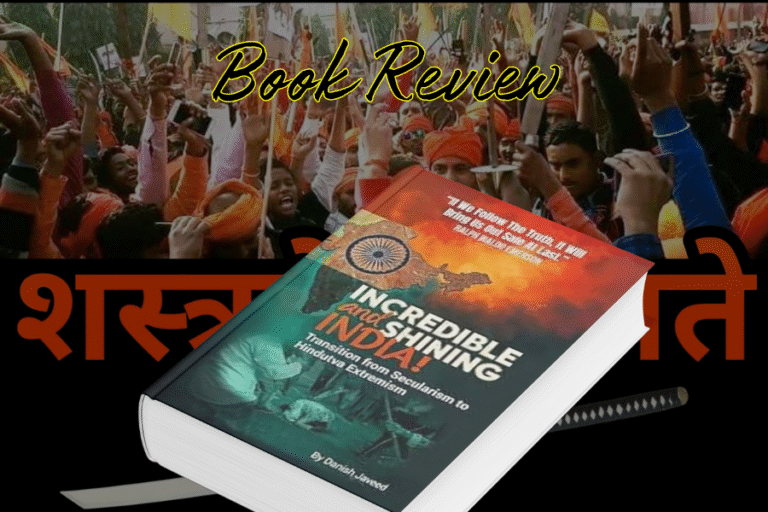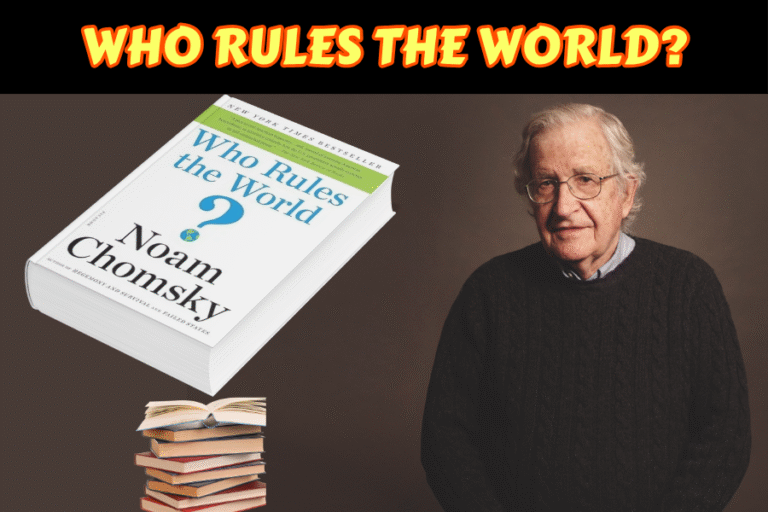(By Muhammad Asad Masood)
Overview
Published in 2023, The Art of Being Alone: Solitude Is My Home, Loneliness Was My Cage by Renuka Gavrani is a self-help book that explores the transformative power of solitude. Aimed at readers who struggle with loneliness or seek to embrace their alone time, the book challenges societal stigmas around being alone and offers practical guidance for turning loneliness into a period of personal growth and self-discovery. Gavrani, a young Indian author and book blogger, draws heavily on her personal experiences, weaving anecdotes with actionable advice to create a conversational and relatable narrative. With an average rating of 3.9/5 based on thousands of reviews on platforms like Goodreads and Amazon, the book has resonated with many but also drawn criticism for its writing style and structure.
Themes and Content
The core theme of The Art of Being Alone is the distinction between loneliness and solitude. Gavrani argues that loneliness, often portrayed as a negative state in media and culture, is not inherently detrimental. Instead, she reframes it as an opportunity for self-awareness and empowerment. The book is divided into two main sections:
- Transforming Loneliness into Solitude: This section addresses the emotional journey from feeling trapped in loneliness to finding peace in solitude. Gavrani emphasizes self-acceptance and challenges the cultural narrative that equates being alone with being undesirable or weak. She draws on references like Taylor Swift’s quote, “The scary news is, you are on your own now. But the cool news is, you are on your own now,” to highlight the dual nature of solitude as both a challenge and an opportunity.
- Using Solitude for Growth: The second section provides practical strategies for leveraging alone time to pursue personal goals, develop new skills, and foster self-love. Gavrani encourages readers to engage in activities like learning hobbies, exercising, or reading to make solitude “addictive” and productive.
The book also critiques the societal pressure to conform to an “ideal” version of oneself to gain acceptance, arguing that this pursuit often leads to losing one’s authentic self. Gavrani references literary figures like Louisa May Alcott and Virginia Woolf to underscore the creative and intellectual benefits of solitude, suggesting that great artists often used alone time to explore their inner worlds.
Strengths
One of the book’s greatest strengths is its relatability. Gavrani’s conversational tone, often addressing readers as “honey” or “darling,” creates a sense of intimacy, as if she’s speaking directly to a friend. This approach resonates with readers who feel isolated, particularly younger audiences in their 20s navigating life transitions. For example, a reviewer in their late 20s noted that the book felt like it was speaking directly to them, helping alleviate feelings of FOMO (fear of missing out) and loneliness.
The inclusion of personal anecdotes adds authenticity and emotional depth. Gavrani’s honesty about her own struggles with loneliness makes the book accessible, particularly for readers who feel misunderstood or disconnected. The practical exercises—described as simple and effective—provide actionable steps for readers to engage with their solitude constructively. These activities, such as journaling or trying new hobbies, are well-integrated into the chapters and enhance the book’s utility as a self-help resource.
The book’s message of empowerment is another highlight. By reframing solitude as a “home” rather than a “cage,” Gavrani encourages readers to view alone time as a space for creativity and self-discovery. This perspective is particularly valuable in a hyper-connected world where social media often exacerbates feelings of inadequacy or isolation. The emphasis on self-love and authenticity, summarized as “knowing yourself and accepting yourself,” is a simple yet profound takeaway that resonates with many readers.
Weaknesses
Despite its strengths, The Art of Being Alone has notable shortcomings. Many reviewers criticize its writing quality, describing it as poorly structured, repetitive, and riddled with grammatical errors. Some have likened the prose to a “rambling blogpost,” suggesting it lacks the polish expected of a published work. This informality, while endearing to some, feels unprofessional to others, detracting from the book’s credibility.
Critics also point out a lack of depth and nuance. The book’s reliance on Gavrani’s personal experiences, while relatable, sometimes feels overly subjective and lacking in broader research or psychological grounding. For instance, one reviewer noted the absence of a framework for understanding relationships, arguing that the book’s focus on solitude occasionally veers into a cynical view of friendships. Another critique is the book’s bold claims, such as stating that post-college friendships are primarily for networking rather than genuine connection, which some readers found overly generalized and dismissive.
Additionally, the book’s tone has been described as bitter or angsty by some, particularly older readers who felt it was targeted toward a younger audience. The use of terms like “honey” and “darling” was polarizing; while some found it comforting, others deemed it “cringe” and out of place in a self-help context. Finally, the book’s brevity (101–200 pages) and repetitive content led some readers to feel it could have been more concise or offered deeper insights.
Target Audience and Impact
The Art of Being Alone is best suited for young adults, particularly those in their 20s, who are grappling with feelings of loneliness or seeking to embrace their independence. It appeals to readers who enjoy motivational content with a personal touch, as well as those who resonate with self-help books that emphasize actionable steps. The book’s focus on self-discovery and empowerment makes it particularly relevant for individuals navigating life transitions, such as moving to a new city, ending relationships, or pursuing personal goals.
The book has had a significant impact on its target audience, with many readers praising its ability to make them feel less alone. For example, one reader shared how the book helped them cope with depression and self-critical thoughts by encouraging them to embrace their alone time. However, its mixed reception—evident in its 3.9 average rating—suggests it may not resonate with everyone, particularly those who prefer more research-based or structurally rigorous self-help books.
Comparison to Similar Works
Compared to other books on solitude, such as Olivia Laing’s The Lonely City: Adventures in the Art of Being Alone, Gavrani’s work is less academic and more accessible, focusing on practical advice rather than artistic or historical analysis. While Laing explores loneliness through the lens of artists like Edward Hopper and Andy Warhol, Gavrani’s approach is grounded in personal narrative and self-help strategies, making it more actionable but less intellectually rigorous. Similarly, bell hooks’ Communion was cited by a reviewer as a superior alternative due to its depth and nuance, suggesting that readers seeking a more profound exploration of solitude might find Gavrani’s book lacking.
Final Verdict
The Art of Being Alone: Solitude Is My Home, Loneliness Was My Cage is a heartfelt and accessible self-help book that offers valuable insights for those seeking to transform loneliness into a source of strength. Renuka Gavrani’s conversational style and personal anecdotes create a relatable and encouraging read, particularly for young adults navigating feelings of isolation. The book’s practical exercises and empowering message make it a useful tool for fostering self-love and personal growth. However, its informal prose, repetitive content, and lack of depth may disappoint readers seeking a more polished or research-driven work. Despite these flaws, the book succeeds in its mission to reframe solitude as a positive and enriching experience, making it a worthwhile read for its target audience.
Rating: 3.8/5
Recommendation: Recommended for young adults and fans of conversational self-help books who are looking to embrace solitude and turn alone time into a period of growth. Readers seeking a more scholarly or nuanced exploration of loneliness may want to supplement this with other works.







